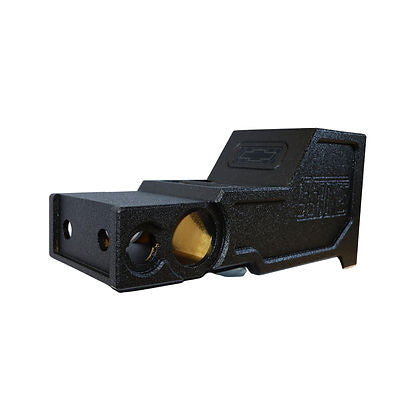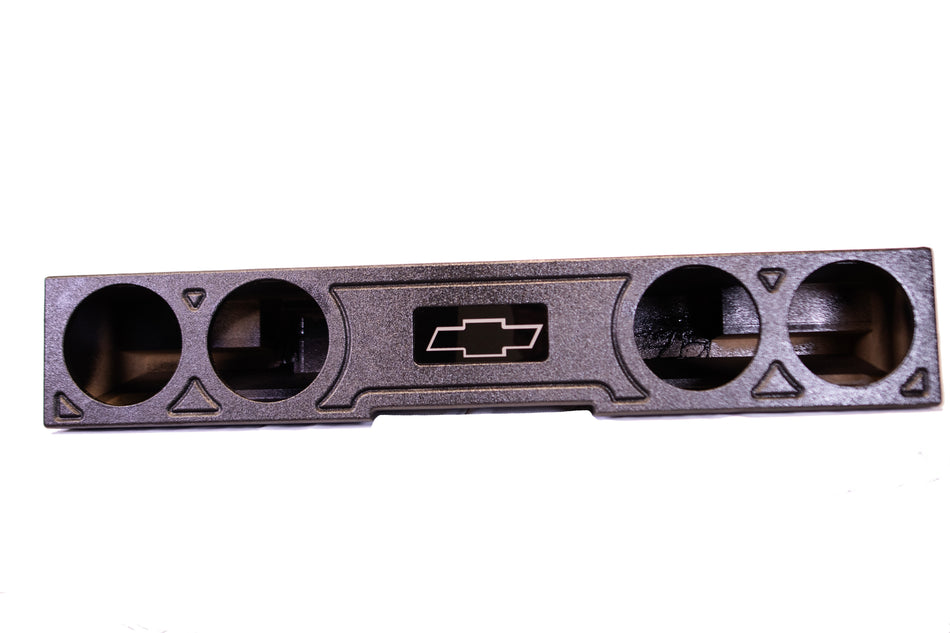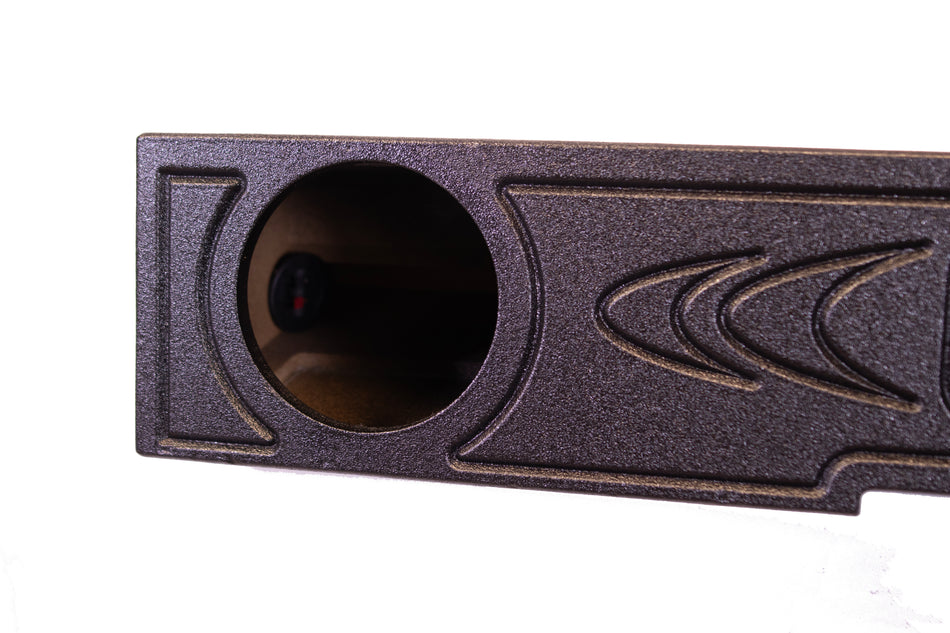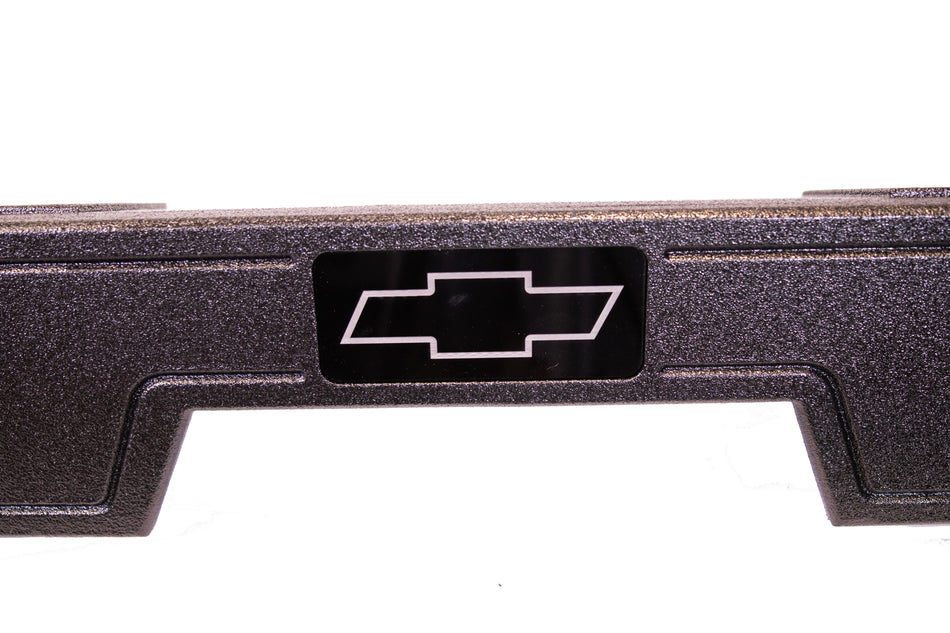A strong subwoofer can do its best only when it is combined with the appropriate enclosure. Design of the subwoofer box determines the air flow, the lowest frequency that can be played and the tightness of each beat. Whether you are starting to design a new subwoofer box with your first set up or upgrading an existing one, one of the most important factors to consider is the enclosure design to ensure that you can achieve deep, clean and controlled bass.
Why the Box Design Matters
The subwoofer does not produce bass on its own, it relies on the air movement inside the enclosure. As the air reacts to the subwoofer cone creates the overall tone, pressure, and punch of the low frequencies. Even a high-quality subwoofer can sound distorted, rattle, or lose power if it is placed in a poorly designed enclosure.
At Elite Auto Gear, experienced professionals accurately design each setup using precise measurements, durable materials, and balanced acoustics to achieve maximum bass and superior clarity.
Understanding the Basics of Car Subwoofer Box Design
Every car subwoofer box design is a combination of physics and personal preferences of the users. Most important factors include the volume, shape, material thickness, and tuning frequency of the subwoofer box. Each variable changes how your subwoofer interacts with air and how efficiently it converts electrical power into audible sound.
-
Box Volume: Subwoofer box internal air space decides how freely the subwoofer cone can move. The subwoofer bass becomes tight but limited with too small enclosure space, and with too large space sound may lose accuracy.
-
Material Type: Medium Density fiberboard is the most common because it’s dense, stable, and minimizes vibration.
-
Sealing Quality: Every joint must be airtight to prevent air leaks that weaken low-frequency output.
-
Bracing: Reinforcing the walls keeps the box rigid, avoiding unwanted resonance that can blur bass details.
Considering these above factors allows you to create a subwoofer enclosure that matches your dream audio goals and fits your vehicle space.
Ported vs Sealed Box Setup: Which One is Better?
One of the biggest decisions in subwoofer box design is choosing between a ported or sealed setup. Both types of the boxes have unique strengths depending on the kind of bass experience you want.
|
Box Type |
Description |
Sound Characteristics |
Best For |
|---|---|---|---|
|
Sealed Box |
Airtight enclosure with no port or vent |
Tighter, more accurate bass with fast response |
Music lovers who value precision |
|
Ported Box |
Includes a vent or port that allows air to escape |
Louder, deeper bass with more boom and resonance |
Bass-heavy genres and high-output setups |
Sealed box highlights the clarity and smooth transitions between frequencies. This box type is perfect for balanced systems that integrate seamlessly with the rest of your speakers.
On the other hand, Ported box enhances low-end extension by using a vent to reinforce bass waves. This box design can deliver higher sound pressure levels and create stronger impact but requires precise tuning to avoid distortion.
Deep Bass Tuning: Finding the Sweet Spot
Deep bass tuning is involved in aligning your subwoofer frequency response with the enclosure's air movement for optimum performance. When you are tuning your system for deep bass, your main goal is to allow the subwoofer to reproduce low frequencies efficiently without any strain.
-
Match Box Volume to Subwoofer Specs: Always follow the manufacturer’s recommended enclosure size.
-
Adjust Port Length and Diameter: Longer ports lower the tuning frequency, resulting in deeper bass, while shorter ports raise it for punchier response.
-
Measure Resonant Frequency: Use software or test tones to identify your system’s peak frequency, then fine-tune for balance.
-
Add Internal Damping Material: Polyfill or acoustic foam helps smooth air turbulence and enhance accuracy.
-
Test and Adjust in the Vehicle: Every cabin reacts differently to bass frequencies, so fine-tuning in your actual car is essential.
With proper tuning, even a modest subwoofer can produce a powerful and musical low-end that feels rich and natural.
How Shape and Placement Affect Bass
Subwoofer box shape and placement in the vehicle play a vital role and it also affects how the bass react. Small box reflective surfaces can cause phase cancellation, where sound waves interfere and reduce output.
Corner placement can enhance bass because of acoustic coupling, but it can also exaggerate certain frequencies. For most vehicles, placing the box near the rear of the trunk, facing outward, provides a strong, balanced response.
Experimenting with small changes in direction or distance can make noticeable improvements, especially when combined with proper tuning and sound insulation.
Building a Custom Subwoofer Box
Professionals who design the subwoofer box not only assemble the panels. Custom box design depends on your subwoofer performance goals and the vehicle acoustics. These custom enclosures are personalized to fit specific space requirements, driver parameters, and desired sound quality.
For example, an SPL-focused system might use a larger ported enclosure to maximize output, while a daily driver setup may use a sealed or hybrid design for balance. Material thickness, internal bracing, and even screw type influence how your subwoofer performs under pressure.
If you are designing your own custom box, accurate measurements and tight seals are essential. Precise cuts and strong adhesives prevent unwanted leaks and vibrations that can diminish your bass's energy and clarity.
Expert Tips for Maximizing Bass Response
-
Use High-Quality Wiring: Thicker gauge wires reduce resistance and ensure full power delivery to your subwoofer.
-
Secure the Enclosure: Prevent movement or rattling that can distort low frequencies.
-
Consider Amplifier Matching: Ensure your amplifier’s power output and impedance match the subwoofer’s specifications.
-
Check Polarity: Incorrect wiring polarity can cause bass cancellation and weak performance.
-
Add Sound Deadening: Treating doors and trunk areas with soundproofing material enhances perceived bass depth and reduces external noise.
By combining these details with a properly designed box, you’ll achieve clean, punchy bass that feels as impressive as it sounds.
Why Design Precision Matters
The difference between a decent subwoofer and an outstanding one often lies in enclosure design.
Only enclosure design creates a difference between the decent and outstanding subwoofers. Physics behind the air pressure, volume, and resonance directly determine how low your bass can go and how accurate it remains at higher volumes. A well designed enclosure box for a subwoofer will always outperform a more powerful driver in a poorly designed box.
Design precision will maximize your subwoofer potential by transforming the raw energy into refined power that fills into your cabin with smooth, deep, and precisely tuned bass.
In Short Review
Designing a subwoofer box is an art that blends acoustics, craftsmanship, and creativity. Every cut, measurement, and adjustment of the box affects how your music feels once the Bass hits. If you pay attention to box design, tuning, and placement, you can transform your car sound system into something extraordinary that feels truly alive.









